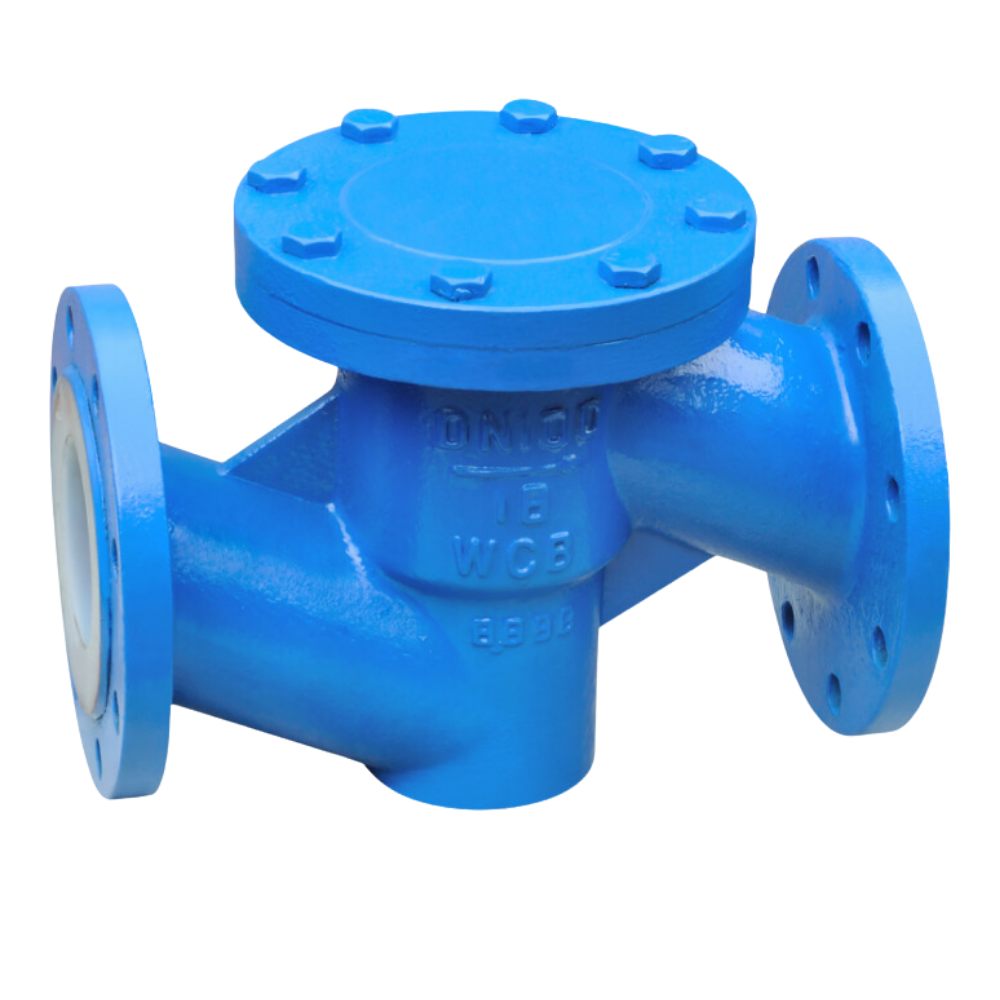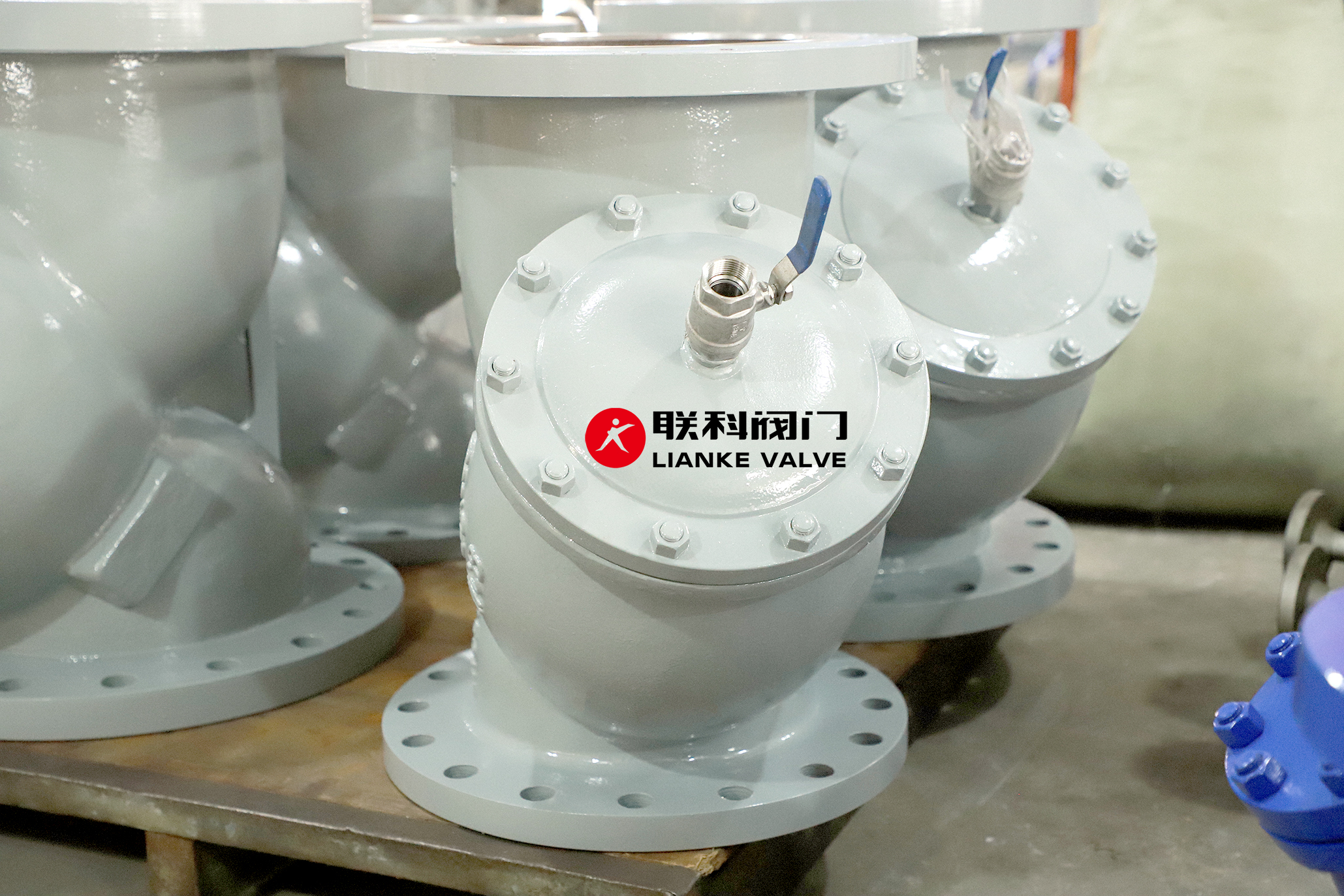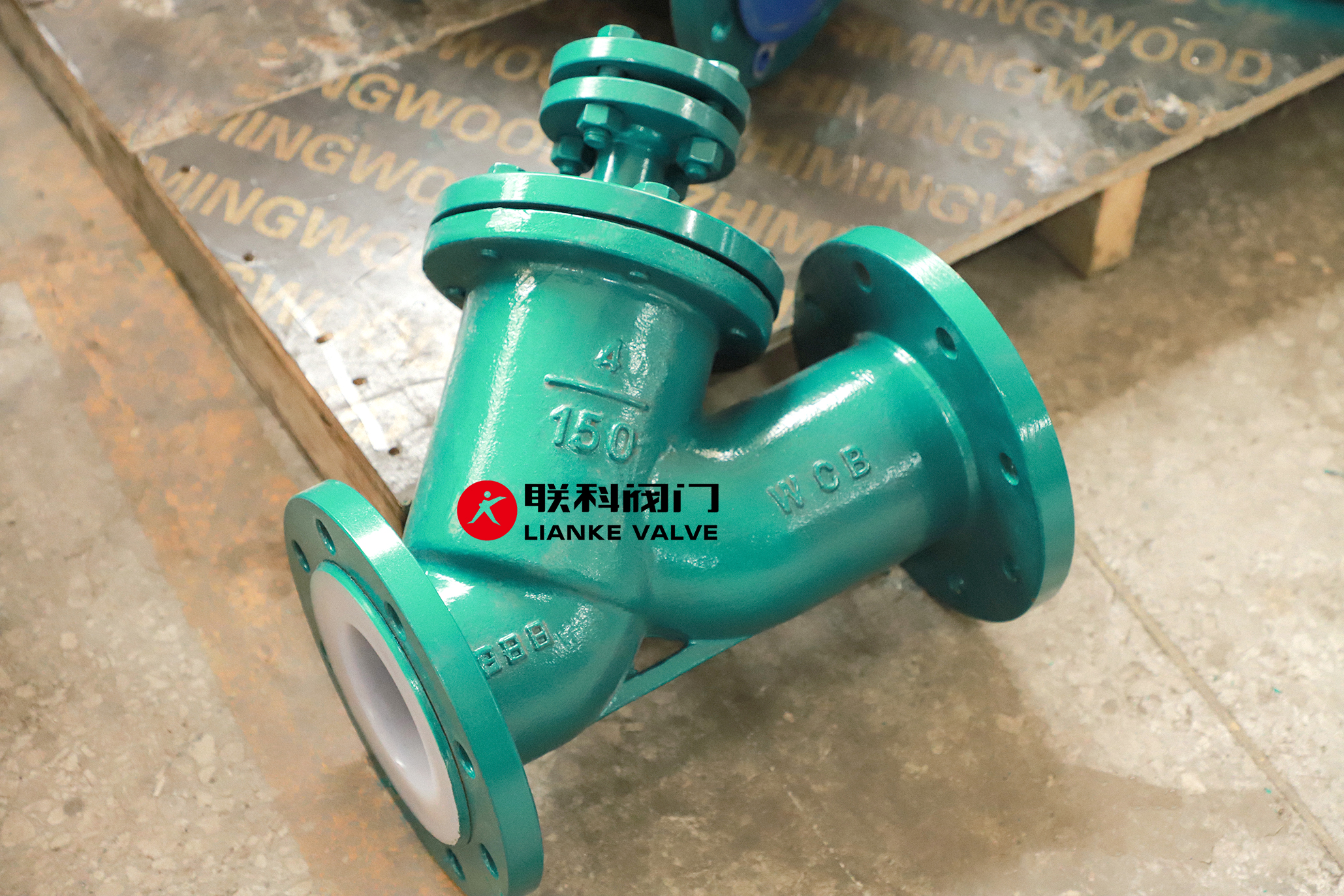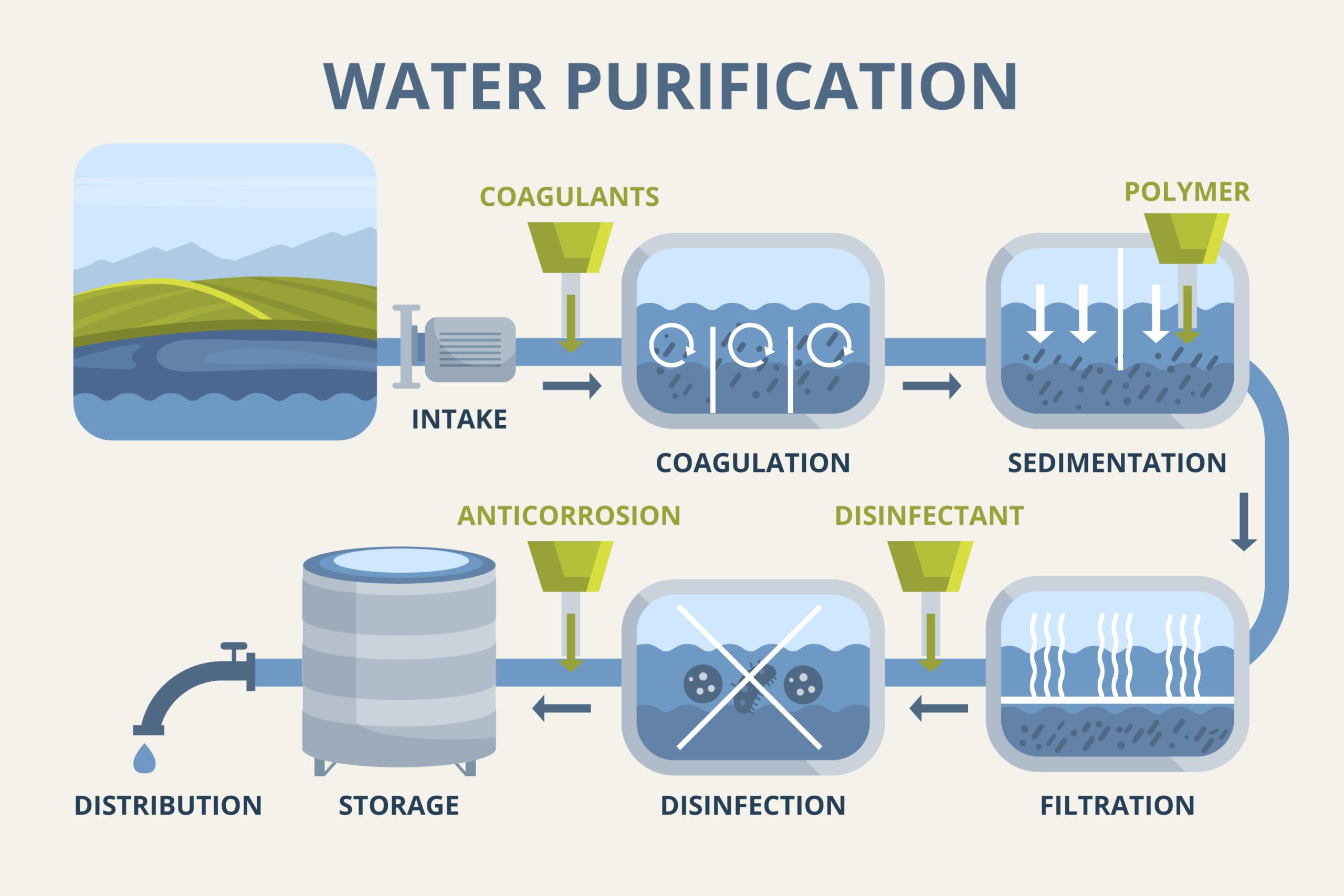

Fluorine Lined Check Valves is a type of valve to essentially control fluid flow while blocking backflow. With the fluorine lining, these valves are designed to withstand stronger chemicals like acids. This valve can be found almost everywhere — ranging from everyday applicational use to large scale operations. Continue on to find out more about Fluorine Lined Valves.

Usually valves are kept in an open position when unused. To close them, an external force has to be provided which then blocks fluid flow. But for check valves, it’s the opposite. These valves are normally closed. And then a force is applied which opens the valve. Other check valves can also work on the concept of differential pressure. A higher inlet pressure mixed with lower outlet pressure allows fluid flow.
PFA lined check valves work exactly the same way. The only difference is a layer of PTFE/fluorine which is added to the valves. In turn, this gives the valve added corrosion resistance. And so PTFE lined swing check valves are also termed chemical process valves.
PFA lined check valves are designed to allow unidirectional fluid flow. This allows for backflow prevention. But how? Most check valves open due to higher pressures at the inlet as compared to pressures at the outlet. During backflow, this balance is shifted. And as a result, pressure at the outlet exceeds pressure at the inlet. This forces the check valves to automatically close any time this happens.
Spring check valves/Piston check valves follow the same functionality as mentioned above. Spring valves are closed using a disc which opens/closes with the help of a spring. Once pressure at the inlet increases, it generates a force on the disc that’s blocking flow. This pushes the disc, in turn pushing the spring which opens the valve and allows flow. Once pressure lowers, the spring moves to the starting position and blocks flow.
PTFE Lined Swing Check Valves are closed with a flapping disc. Increased pressure at the inlet ‘swings’ the flapper open, allowing fluid flow. Once pressure decreases at the inlet, the flapper moves back to its original spot and blocks fluid flow.
With ball check valves, the only difference is that the disc which closes the valve is now replaced with a ball. Ball check valves can either include a ball which is left freely or attached to a spring. Again, as pressure rises at the inlet, it forces the ball out of position and allows fluid flow. Lowering inlet pressure allows the ball to move back and close the opening, blocking fluid flow.
Fluorine Lined Valves have the following added benefits to check valves:
PFA lined check valves are found in these applications:
Corrosion resistant check valves are PFA lined check valves found in high purity fluid systems. These check valves are lined with a layer of PFA/PTFE which increases resistance to chemical solutions.
Fluorine lined check valves prevent backflow by automatically closing when pressures change. Fluid flows through PFA lined check valves when inlet pressure is greater than outlet pressure. If this is reversed, the check valves will automatically close.
Resources:
Backflow Preventer vs. Check Valve: What’s the Difference? (qrfs.com)
Check Valve – Working Principle | Tameson.com
What is a fluorine-lined valve? How to extend the service life of it? (tanghaivalve.com)

ANSI Class Ratings for Y strainer flanges tell you how much pressure and temperature the flange can handle. These ratings help you choose the right flange material and design to keep your piping system safe and efficient. If you’re installing or replacing a Y strainer in a pipeline, understanding ANSI ratings isn’t optional—it’s essential. Choosing […]

To choose the right wye strainer, you need to understand mesh and screen size. These determine what particles your system can filter out. The finer the mesh, the smaller the particles it catches. This guide explains how to select the correct strainer mesh size, use a mesh size chart, and compare mesh size vs micron […]

When choosing a filter or strainer for your system, micron ratings tell you how small the particles are that your filter can catch. In simple terms, the smaller the micron rating, the finer the filter. Whether you’re in water treatment, chemical processing, or any industry that relies on micron filtration, knowing the right micron size […]

Municipal water doesn’t just show up clean at the tap—it’s the result of a carefully managed process. The liquid filtration process for municipal water treatment plants is the backbone of safe, clean drinking water. From removing dirt and debris to eliminating harmful pathogens, each step in this system ensures water meets strict safety standards. In […]



